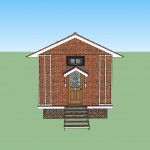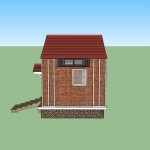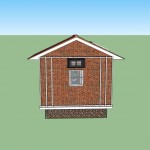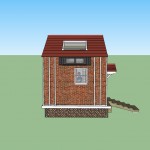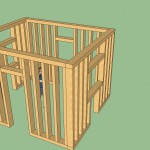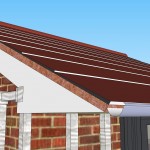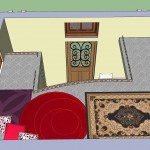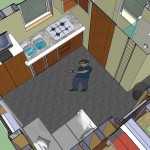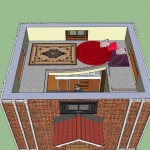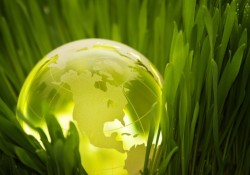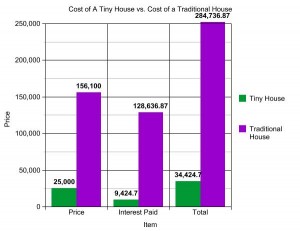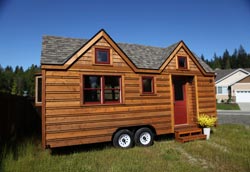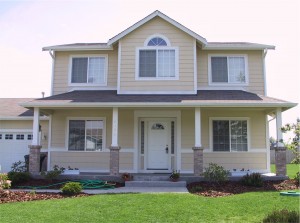Tiny House
This week’s design came to me through my friend Christopher Thomas and his Evergreen State College Club for an internship that he is involved with. A little bit about the internship: It is located in the North West National forest that has two reservations one for the Hoh Tribe in La Push Washington and the other Quileute tribe in Forks Washington. The internship was divided between the two Reservations and Thomas was distributed to the Hoh tribe Summit group. More about the Hoh tribe: the tribe lives in western Washington on the mouth of the Hoh River with 443 acres of land. The problem with the land is that: there are many possible water hazards from the River so moving the reservation uphill was the start; another concern is between the native fish because the tribe uses the different species of fish as a sustainable flow of income. The Hoh tribe is committed to building new affordable housing and to update current housing for their tribal members containing 226 registered members and an extra 100 is estimated to be off reservation because of the lack of housing. The objective of the internship is to build a mixture of twenty new homes and rentals in the two years, and my friend he requested me to design a sustainable structure with the above limitations of the water quality.
For my proposal to him I modeled a tiny house mainly because of the sustainable aspects and elements in the structure of a tiny home, they are cheap to build, sustainable on the materials used, Eco-friendly and low on utility cost. Above: South, East, North, and West
ABOUT:
Height: 13’ 7 ½” (House) 2’ 5” (platform) sits on a concrete slab foundation.
https://www.youtube.com/watch?v=BDKEh1SEYbM
Area:
Bottom: 163.3127 sq. ft.
Top: 85.0785 sq. ft.
Total: 248.3917 sq. ft.
Walls:
Interior: Dry Wall – Wood Framing
Exterior: Wood Framing – Solid Brick Masonry Walls
Goals:
My goals for this design were to work on my wall framing as if the exterior walls were cladding. Too add on I also did research on brick masonry walls on the thermal insulation element, which will work well in the North Western region of Washington.While working on the roofing I wanted to get the detailing precise, so I incorporated shingles (Red Cedar as the shingle material). Red cedar shingles has fine, even grain and is naturally resistant to water, rot, and sunlight.
Climate Region 6–
In the coastal region of Washington state the climate is very mild, however in the winter the temperatures are cool and rain is common. Although the skies are frequently overcast, solar heating is still possible because of the small heating load created from the mild temperature fluctuations. There is a high RH level but it does not show significant problems because the it doesn’t coincide with the high summer temperatures. The climate region has large variations in micro climates because of the change in both elevation and distance from the coast, in some areas however the winter winds start to become a problem. And the summers are quite dry and sunny.
Climate Priorities
- Keep the heat in and the cold temperatures out during the winter (I)
- Let the winter sun in (mostly diffused sun because of the clouds) (III)
- Protect from the cold winter winds (II)
Decision:
